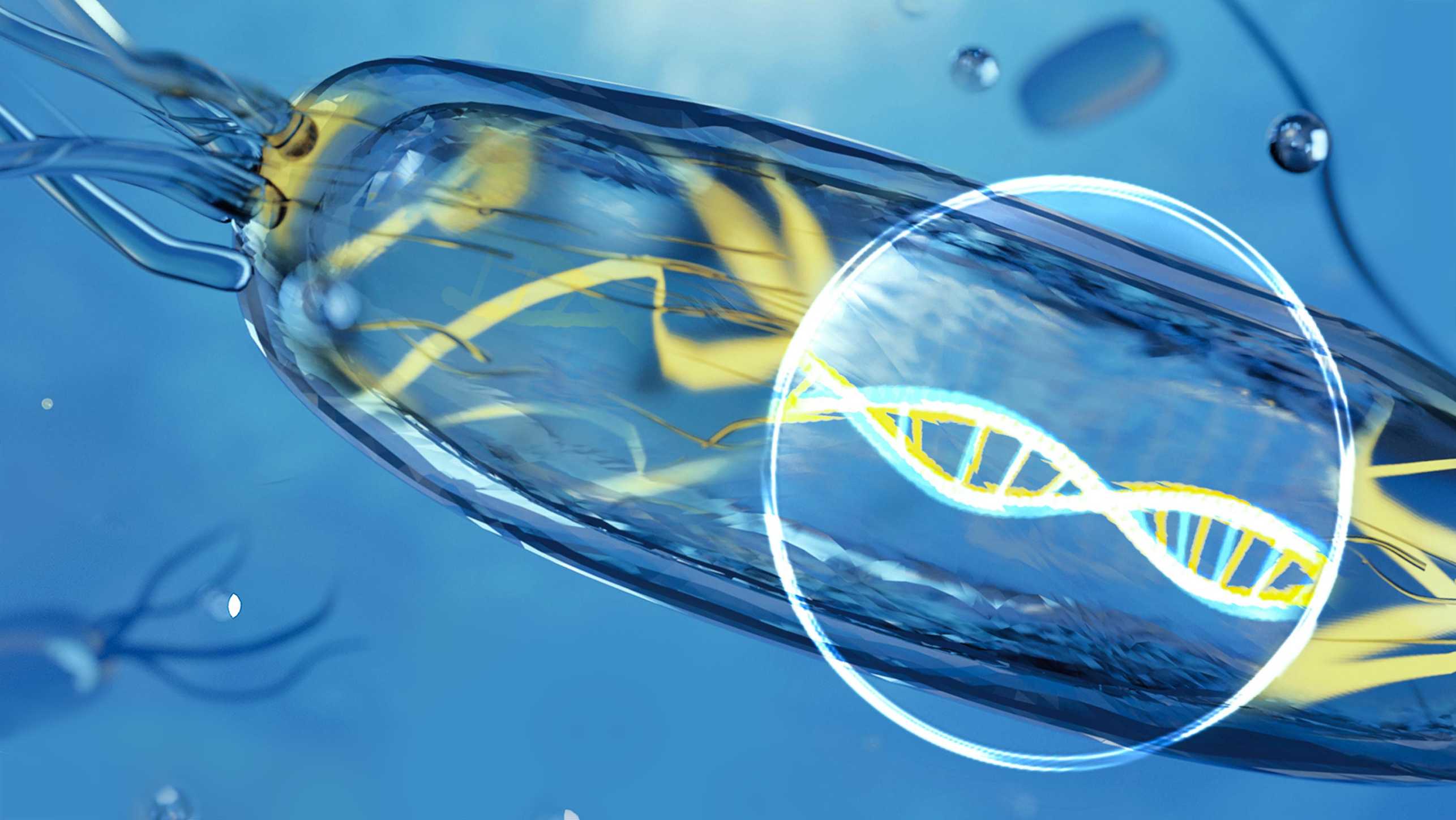A look into the fascinating world of microbes
How do microbes adapt to a changing environment? How can we prevent antimicrobial resistance? There are still many open questions on the way to new therapeutic solutions. Helena Klein is a scientific designer in the Pathogen Ecology Group at ETH Zurich. In an artistic-scientific video, she looked over the shoulder of the group's researchers.
Helena, you made a video for Alex Hall's pathogen ecology group about bacteria and the fascination for their study. How did the video come about?
I am a scientific motion designer, 3D artist and illustrator and studied design at the Zürcher Hochschule für Künste (ZHDK) with a focus on Scientific Visualization. Alex Hall deliberately looked for an artist to promote transdisciplinary exchange within the group. He and some of the researchers in the group came into contact with me through my bachelor project "Exploring the Invisible" and its exhibition. The Pathogen Ecology group works on antibiotic resistance, interactions between bacteria and also the diversity of bacteria. I then talked to various researchers in the lab. For example, they are investigating when or why bacteria exchange a plasmid, i.e. a ring-shaped DNA molecule, or why one strain has developed resistance and the other has not. I looked for new visual forms of representation − and the result is a mixture of 3D animations, sketches and documentary sequences
What is the video specifically about?
With the video we wanted to show how diverse microbes are and how they interact with each other. It should show that research can also have something creative, it should fascinate, and at the same time show the relevance of the topic. The result is not a classic explanatory video, but a film that deliberately leaves room for the viewer's own imagination.
Who is the video for?
The video is primarily intended for interested people who have a scientific background. For example, for students who are looking for a thesis or a doctorate. My pictures should give an idea of what fascinates researchers about microbiology and what there is still to discover in this field.
- The Pathogen Ecology group at the Institute of Integrative Biology (IBZ), ETH Zurich
- Personal profile of Helena Klein
- external page A look behind the scenes. The making of the Microverse film
